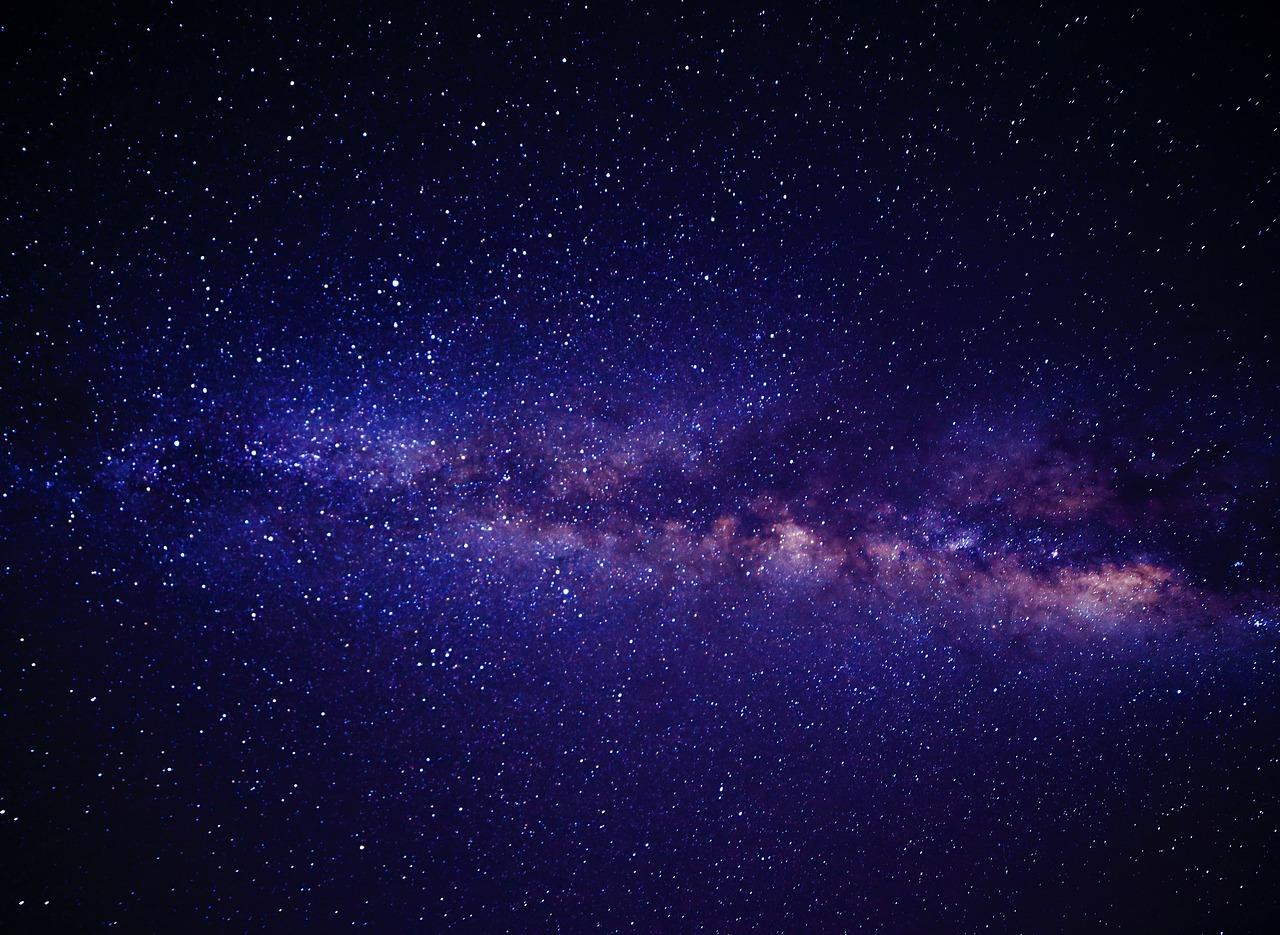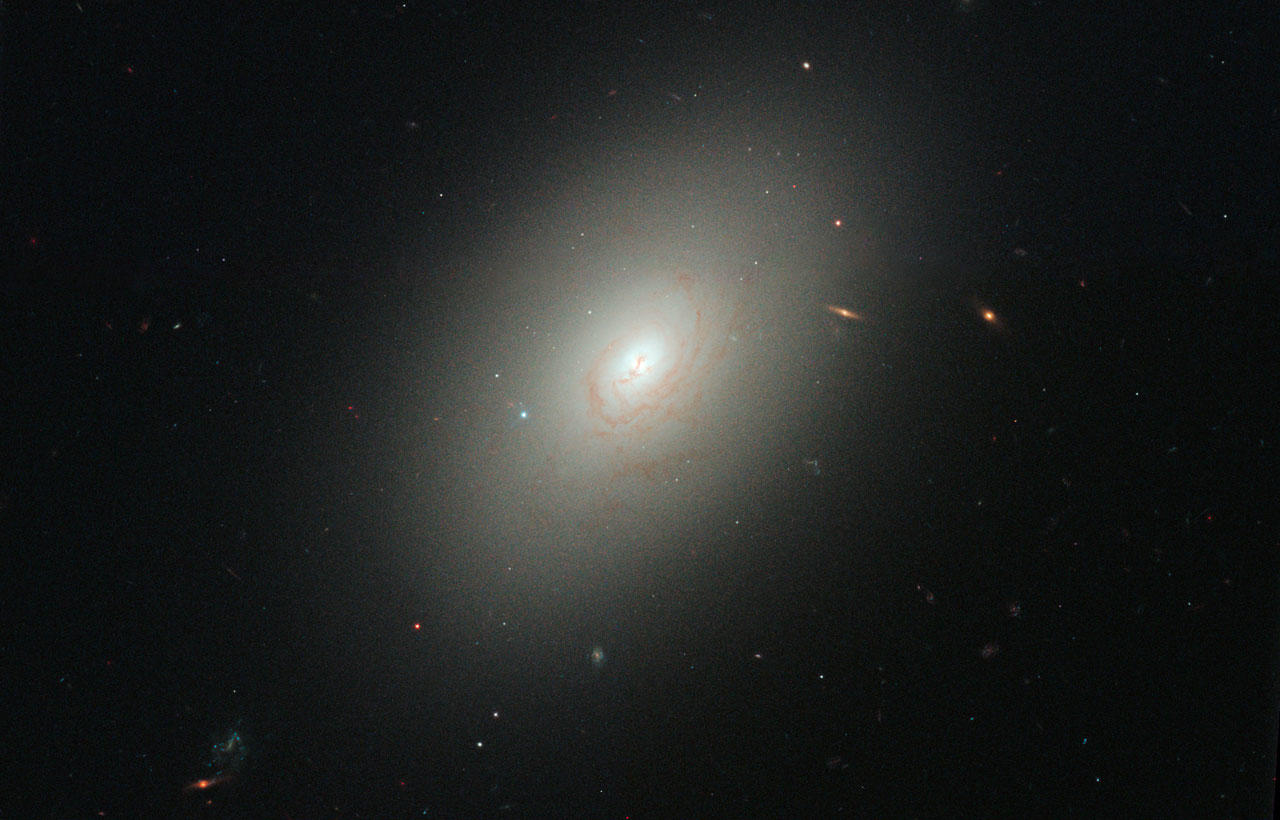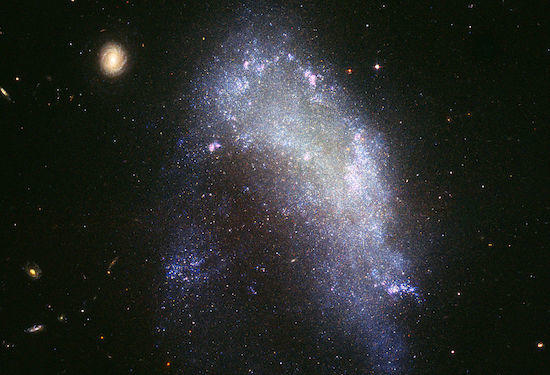Cosmic Structures: From Galaxies to Superclusters

The universe is a vast and incredible place that is teeming with various forms of celestial bodies - and one of the most captivating subjects in the study of space involves understanding the nature and roles of galaxies, galaxy clusters, and superclusters! Think of these as the essential building blocks that make up the grand structure of the universe. These elements have long been a focus for astronomers and others passionate about exploring the cosmos. Below, we will aim to look at the various types of these large-scale structures and explain how they are classified, all while offering an insight into their interactions and importance. Read on below to take a fascinating journey into this topic!
The Nature of Galaxies
Galaxies are some of the most remarkable formations in the universe. Far from just being collections of stars and planets - they're very much like bustling cities that each have their unique characteristics. Additionally, they vary widely in shape and size and can host a diverse range of stars and celestial phenomena. In the grand scheme of things, galaxies are the cornerstone upon which larger cosmic structures are built. Let's take a closer look at these different types of galaxies below!
Spiral Galaxies: When most people think of a picture of a galaxy, the image that probably comes to mind is that of a spiral galaxy. These are characterized by beautiful arms that swirl out from the centre and look almost like a cosmic pinwheel. Moreover, they are predominantly filled with young, blue stars, indicating ongoing star formation. Additionally, the arms often contain a lot of gas and dust - the raw materials needed for creating new stars. Due to this, spiral galaxies are considered to be in a more 'active' state compared to their elliptical counterparts.

Elliptical Galaxies: Elliptical galaxies are very different in appearance from spiral galaxies. Firstly, they look more like a blob or an elongated sphere and lack any arms or disk-like structures like Spiral Galaxies. In addition, the stars found in these galaxies are often much older and are red instead of blue, unlike their younger counterparts. According to experts, this suggests that these galaxies are in a more 'mature' or 'settled' state, with little to no ongoing star formation. In simple terms, they are the quieter and more reserved communities in the cosmic cityscape.

Irregular Galaxies: Irregular galaxies live up to their name as they defy the standard classifications of other universes. This is because they appear disorganized and chaotic and lack a defining shape or structure, unlike other galaxies. Additionally, the stars found in these galaxies will often vary in age and type. Incredibly, irregular galaxies are thought to be formed when they collide with or have close encounters with another galaxy - and this plays a significant role in their strange and disjointed appearance.

The weird yet wonderful Irregular Galaxy (credit: ESA, NASA, Hubble)
What Are Galaxy Clusters?
Galaxies are fascinating, but they take socializing to a new level when they form clusters! These are not just random gatherings - they're more like connected cities or countries. From small gatherings to sprawling mega communities, galaxy clusters offer a view into how galaxies behave when they are influenced by collective gravity.
Rich Clusters: Typically, these clusters are home to hundreds or even thousands of galaxies, which is mind-boggling. But that's not all; galaxies here also interact frequently, which can lead to phenomena like galaxy mergers and rapid star formations. Due to this, they are often the focus of astrophysical research worldwide.
Poor Clusters: Poor clusters are much like the universe's smaller cities or larger towns. In general, they only hold around fifty galaxies. However, although they are less active than their bigger cousins, they still participate in a phenomenon known as tidal interactions. They will subtly affect each other's shape and the rate of star formations within the cluster.
Galaxy Groups: These are the most miniature gatherings, often with fewer than 50 galaxies - imagine a small village or hamlet. In these groups, individual galaxy behaviours are more accessible to study. This allows scientists to glimpse into their history and how each galaxy may change or adapt.

An image of a Galaxy Cluster (credit: Nasa, ESA)
Superclusters

Superclusters are massive structures that can span hundreds of millions of light-years. They are composed of several galaxy groups and clusters bound together by gravity.
Structure and Scale: Superclusters are not just giant clusters but have unique structures. While galaxy clusters have a well-defined centre of mass, superclusters often don't. For example, they can be elongated or irregularly shaped, making them very complex to study.
Cosmic Flows: Within superclusters, galaxies and galaxy clusters move in intriguing patterns known as cosmic flows. These are primarily influenced by the gravitational pull of all the mass within the supercluster and can provide insights into how these gigantic structures formed and evolved.
Local Group and Virgo Supercluster: Our galaxy, the Milky Way, is part of what's known as the Local Group - a small galaxy cluster. The Local Group is a part of the much larger Virgo Supercluster. This helps put our 'place in the universe' into perspective as one galaxy in a cluster part of a far larger structure.
Recent Discoveries: in 2021, a groundbreaking observation was made by a student who spotted an almost perfect arc of galaxies. Situated a staggering 9.3 billion light years away, this immense arc is estimated to have a span of 3.3 billion light-years - accounting for roughly 1/15th of the radius of the universe we can see.
What Challenges Are There in Studying Superclusters?
Unfortunately, the immense scale of superclusters presents a challenge for researchers. For example, they're so large that the universe hasn't existed long enough for light to travel from one end to another! This complicates our efforts to understand their makeup and total behaviour. Scientists often use advanced telescopes capable of capturing light from extremely distant objects to try and tackle this. In addition to this, they use complex computer simulations to model the formation and evolution of these colossal structures. Moreover, unravelling the mysteries of superclusters could one day provide insights into even more incredible questions - such as the overall shape and the ultimate fate of the universe itself!
Conclusion
Our universe is chock full of unique and fascinating galaxies, clusters and superclusters. Additionally, spiral galaxies are bustling hubs of star formation, whilst elliptical galaxies are older and more mature than their younger counterparts. Over time, these galaxies eventually form into clusters and superclusters due to the influence of gravity. Although studying these massive structures is incredibly challenging, it's also essential to understand the universe's structure better. Moreover, each discovery brings us closer to understanding other vital mysteries about the universe.



You are the best,, coz you have gotten content about the topics
Hello ! Glad to hear that you’ve found the content useful!